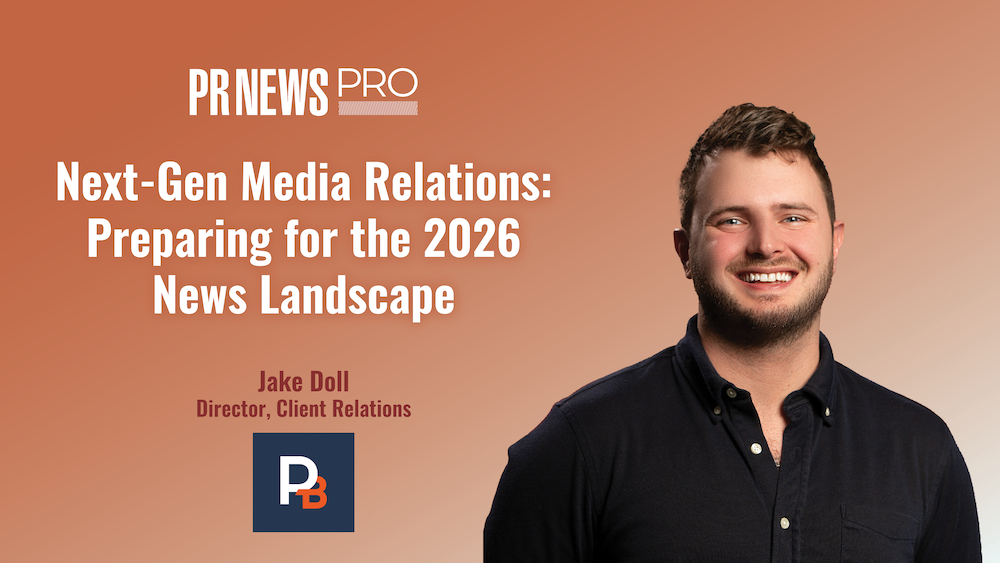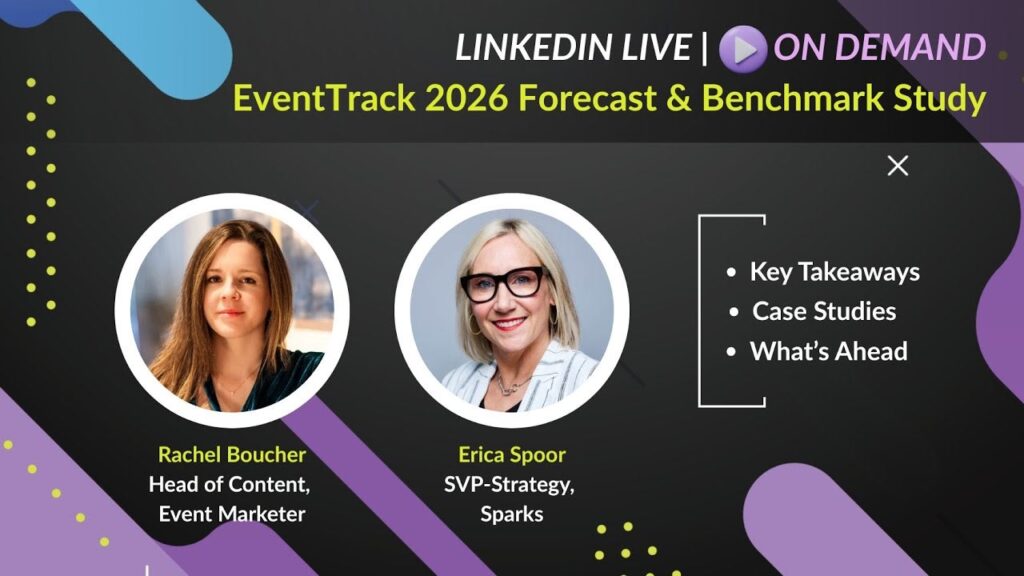The purchasing of B-to-B products and services can be a lengthy, complex process often involving multiple decision makers. This is called the buy cycle—the steps buyers engage in when purchasing products and services. Although the buy cycle has been around for as long as products have been bought and sold, recent shifts in purchasing behavior mean marketers must pay greater attention to aligning their strategies with their customers’ buying process.
The B-to-B buy cycle is a well-documented and recognized process, characterized by the following stages of decision making:
1. Needs Awareness: when buyers first realize they need a product or service to fulfill the needs or requirements of a specific project or task.
2. Research: when purchasers begin an investigation into what’s available in the marketplace and which vendors potentially offer a product or service to meet their needs.
3. Consideration & Comparison: buyers begin weeding out vendors who don’t meet their needs, coming up with a short list of potential vendors.
4. Procurement: when the final decision among the short list of vendors is made, ending with the purchase of products or services.
While the stages of the process haven’t changed over the years, the way buyers navigate through the buy cycle and where they go to get information has changed dramatically.
GlobalSpec recently conducted an Industrial Buy Cycle Survey of engineering, technical, manufacturing and industrial professionals who have influence on their company’s processes for purchasing products and services. Among its findings: buyers have significantly reduced their reliance on traditional information sources such as printed catalogs, trade shows, and trade magazines, in favor of online resources. The survey reported that the top three most frequently used sources for searching for products and services to purchase are search engines, supplier Web sites, and online catalogs. With the increasing popularity of social media tools, even using colleagues as a source of information has an online component.
From the beginning of the buy cycle to the end, the supplier that is eventually selected is exposed to the B-to-B buyer many times. The company may have first become visible through an Internet search, exposure via its online catalog, a banner ad on an industrial site, or any number of other ways. A marketer may not always know what specific exposure initiated the process that culminated in a sale.
For example, a buyer may type your company name into the Google search box, but it would be a mistake to assume this specific exposure through Google initiated the buy cycle or delivered the sale. How does the buyer even know your company name to type it into the search box? Unless your company name is a very common and popular brand, it’s likely that a series of marketing placements provided broad exposure and good content fulfilled your buyer’s early research needs, leading them to remember your company and take subsequent buy cycle actions which eventually resulted in your company receiving the purchase order.
In fact, its common practice for people to type company names they know into a search box versus typing the URL in directly: this saves time and reduces errors. The Industrial Buy Cycle Survey showed that 62% of buyers type in the company name in a search box at least 60% of the time when visiting the Web site of a company they know.
Depending on the stage of the buy cycle, buyers use different information sources. In the “needs awareness and research” stages, buyers use a broad array of sources, including social media, Webinars, e-newsletters, virtual events and search engines. By the time buyers reach the Procurement stage, supplier Web sites and catalogs are the most important information sources.
Marketers should also note that during the buy cycle, B-to-B buyers want access to content that helps educate them, improves their decision-making capabilities, and increases their confidence level in their final purchase decision. The more expensive the purchase, the more content they review before making their decision.
You can also gain an advantage by making sure you are found by potential buyers in the early stages of the buy cycle. During the initial research phase, the survey showed 42% of B-to-B buyers evaluate four or more suppliers, but as they move closer to procurement, only 26% get quotes from four or more suppliers. Those that drop off the list are often those who did not provide the right level of information to buyers or did not meet some other perceived or real need in the buyer.
To even get onto the review list, a supplier must be found by potential customers. Because the information sources that buyers use vary, marketers should build their presence across multiple online channels to make sure they are visible to buyers in the early stages of the buy cycle, and offer useful, relevant content in order to reach and influence buyers at each stage of the buy cycle.
Angela Hribar is chief sales and marketing officer of GlobalSpec, Inc.



